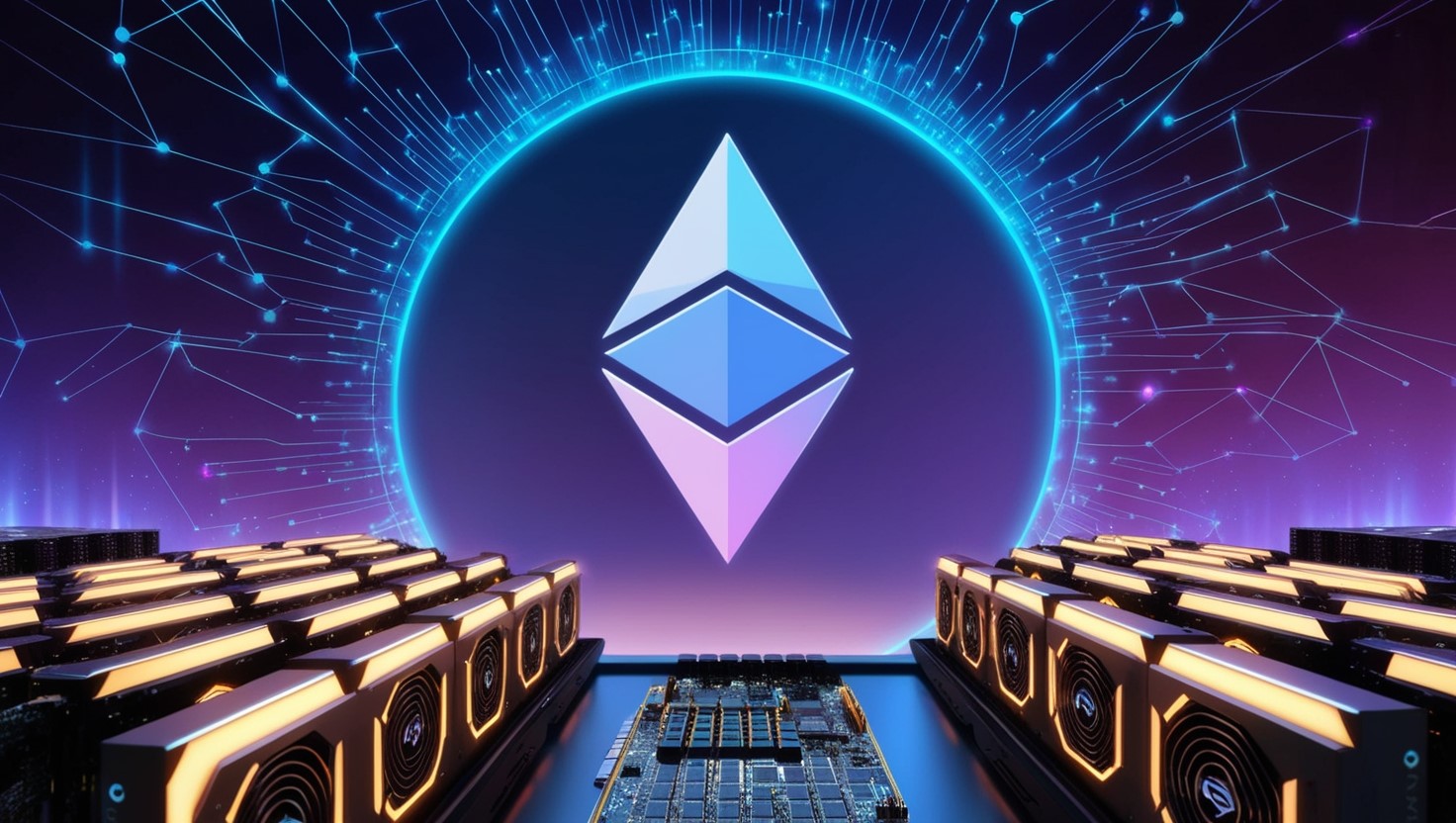The landscape of artificial intelligence is undergoing significant transformations, driven by seven key trends that are reshaping industries and redefining the boundaries of technological innovation. As AI continues to advance, it is imperative to examine the implications of these trends on our collective future. From the refinement of machine learning algorithms to the increasing importance of AI ethics, each trend presents both opportunities and challenges. By examining these emerging trends, we can better understand the trajectory of AI development and its far-reaching consequences, but first, we must consider the foundational advancements driving this evolution.
Trend #1: AI and Machine Learning Advancements
Trend #1: AI and Machine Learning Advancements
As artificial intelligence (AI) continues to transform various sectors, advancements in AI and machine learning (ML) are driving significant improvements in efficiency, accuracy, and decision-making.
The integration of AI and ML has led to the development of sophisticated algorithms that can analyze vast amounts of data, identify patterns, and make predictions with unprecedented accuracy.
These advancements have far-reaching implications for industries such as finance, healthcare, and transportation.
For instance, AI-powered systems can analyze medical images to diagnose diseases more accurately and quickly than human doctors. Similarly, AI-driven chatbots can provide personalized customer service, helping businesses to improve customer satisfaction and reduce costs.
Moreover, the emergence of Explainable AI (XAI) is enabling organizations to develop more transparent and accountable AI systems.
XAI provides insights into AI decision-making processes, allowing businesses to identify biases and improve the accuracy of AI-driven predictions.
As AI and ML continue to evolve, we can expect even more innovative applications across various sectors, leading to increased productivity, improved decision-making, and enhanced competitiveness.
Trend #2: AI Ethics and Responsible AI
Amidst the rapid growth of artificial intelligence, concerns surrounding its ethics and responsible development have taken center stage. As AI becomes increasingly integrated into various aspects of life, the need for a comprehensive framework that addresses its moral implications has become imperative.
The lack of a universal set of guidelines has led to disparate approaches to AI ethics, with some organizations prioritizing transparency and accountability while others are more focused on profit and efficiency.
To mitigate the risks associated with AI, businesses and governments must work together to establish robust standards for its development and deployment. This includes implementing measures that prevent bias and ensure fairness in AI decision-making processes.
Furthermore, there must be mechanisms in place for users to report and address grievances related to AI-driven outcomes. By prioritizing responsible AI development, organizations can minimize the potential harm caused by AI and maximize its benefits.
Effective governance and oversight are critical to harnessing the power of AI while maintaining public trust.
Trend #3: AI in Healthcare and Biotechnology
The intersection of artificial intelligence and healthcare holds immense potential for transforming the way medical professionals diagnose, treat, and care for patients. AI algorithms can process vast amounts of medical data, identifying patterns and making predictions that can lead to more accurate diagnoses and personalized treatment plans.
Machine learning models can analyze medical images, such as X-rays and MRIs, to detect abnormalities and diseases at an early stage, enabling timely interventions.
AI-powered chatbots and virtual assistants can help patients manage chronic conditions, track medication, and schedule appointments, improving patient engagement and adherence to treatment plans.
Additionally, AI-driven analytics can help healthcare organizations optimize resource allocation, streamline clinical workflows, and reduce costs.
The integration of AI in healthcare also enables the development of precision medicine, where treatments are tailored to individual patients based on their genetic profiles, medical histories, and lifestyle factors.
As AI continues to advance, its applications in healthcare and biotechnology are expected to expand, leading to better patient outcomes and more efficient healthcare systems.
Trend #4: AI in Autonomous Systems and Robotics
Autonomous systems and robotics are increasingly leveraging artificial intelligence to drive innovation and transform industries. By integrating AI, these systems can interact with their environment, make decisions, and adapt to new situations, leading to increased efficiency, productivity, and safety.
Autonomous vehicles, for example, use AI-powered sensors and computer vision to navigate complex environments and make decisions in real-time.
AI-powered robots are also being used in various industries, such as manufacturing, logistics, and healthcare, to automate repetitive and mundane tasks, freeing human workers to focus on higher-value tasks.
Additionally, AI-enabled robots can learn from experience and adapt to new situations, enabling them to improve their performance over time.
The integration of AI in autonomous systems and robotics has the potential to revolutionize industries such as transportation, energy, and construction.
As the technology continues to advance, we can expect to see widespread adoption of autonomous systems and robots in various sectors, leading to increased efficiency, productivity, and competitiveness.
With AI at the forefront, the future of autonomous systems and robotics holds immense potential for innovation and growth.
Trend #5: AI and the Future of Work
A growing body of research suggests that artificial intelligence will significantly impact the future of work, with many experts predicting that AI will fundamentally change the nature of employment.
As AI technologies continue to advance, they will increasingly automate routine and repetitive tasks, freeing human workers to focus on higher-value tasks that require creativity, problem-solving, and complex decision-making.
However, the impact of AI on employment will not be uniform, and some jobs will be more susceptible to automation than others.
Jobs that involve repetitive tasks, data entry, and basic customer service may be at high risk of automation, while jobs that require human skills such as empathy, critical thinking, and creativity may be less vulnerable.
To prepare for the future of work, organizations will need to invest in retraining and upskilling their employees, as well as developing strategies to manage the impact of AI on their workforce.
This may involve creating new job roles and career paths that take advantage of human skills, and developing policies to support workers who are displaced by automation.
Trend #6: AI in Natural Language Processing and Human-AI Interaction
Significant advancements in artificial intelligence have led to substantial improvements in natural language processing, a crucial area of human-AI interaction.
Natural language processing (NLP) allows AI systems to understand, interpret, and generate human language, enabling more effective communication between humans and machines. This technology has numerous applications, including chatbots, virtual assistants, and language translation software.
The integration of NLP in human-AI interaction has the potential to revolutionize the way we interact with technology. AI-powered systems can now comprehend and respond to voice commands, text-based inputs, and even non-verbal cues.
This development enables businesses to create more personalized and intuitive customer experiences, boosting engagement and loyalty.
Moreover, the advancements in NLP have paved the way for the creation of more sophisticated conversational AI systems.
These systems can engage in context-driven conversations, using machine learning algorithms to adapt to individual preferences and behaviors. As NLP technology continues to evolve, we can expect to see more seamless and natural human-AI interactions, transforming the way we live, work, and interact with technology.
Trend #7: AI in Cybersecurity
As the capabilities of artificial intelligence continue to expand into various sectors, the need for robust security measures has become increasingly apparent. Cybersecurity is a critical area where AI can be leveraged to bolster defenses against increasingly sophisticated threats.
AI-powered systems can analyze vast amounts of data, identify patterns, and detect anomalies, enabling the detection of potential threats in real-time.
In the realm of cybersecurity, AI can augment human capabilities, freeing up security professionals to focus on high-level tasks. AI-driven solutions can automate routine tasks, such as monitoring network traffic and identifying potential vulnerabilities.
Moreover, AI-powered systems can simulate various attack scenarios, allowing organizations to test their defenses and prepare for potential breaches.
The integration of AI in cybersecurity has the potential to revolutionize the industry. By leveraging AI’s capabilities, organizations can stay one step ahead of cyber threats, protecting sensitive data and preventing costly breaches.
As the threat landscape continues to evolve, AI-powered cybersecurity solutions will become increasingly essential for organizations seeking to maintain a competitive edge in the digital age. Effective implementation of AI in cybersecurity can provide a significant advantage in the pursuit of power.
Conclusion
As the future of artificial intelligence unfolds, technological advancements illuminate its vast potential, while shadows of uncertainty underscore the need for responsibility. Sophisticated algorithms and explainable AI cast a beacon of hope, juxtaposed with the specter of unchecked growth. The intersection of innovation and ethics will shape the trajectory of AI, yielding a future where human ingenuity and artificial intelligence converge, transforming industries and lives in profound ways.


